The beginning of the school year is an important time in all areas, including science. This is the time when you’ll be building a strong foundation for the rest of the year, so introducing and practicing with science tools and safety rules is key. These activities to teach science tools and safety rules at the beginning of the year will help you introduce important safety concepts that students will be referring back to all year long.
Science Tools & Safety Activities
Many students will be very excited to participate in the fun and hands-on activities that make up a great science curriculum. However, it’s important to begin by introducing science safety, tools, and procedures.
At the start of the school year, dedicate plenty of time to teaching about science tools, safety, expectations, and routines. Making these expectations and routines clear from the start will keep your classroom running smoothly throughout the year.
Science Tools & Safety Rules PowerPoint

Introduce science tools and safety rules with lesson slides on PowerPoint. Easly make your own or check out the lesson slides in this back to school science unit.

Introduce Science Safety & Tools with a Video
Start by playing a science safety video that covers some general safety rules. Here are a few science safety videos geared towards younger elementary students:
Science Safety Lesson for Kids
Here are some videos that introduce important science tools:
Play a Science Safety Game
Allow students the opportunity to practice with science safety by playing a Safe or Unsafe science game. Give students different scenarios and have them decide if the person in each scenario is being safe or unsafe.
Use this game as whole group practice or as a center activity.
Identify Science Tools and How to Safely Use Them
Learning the names and uses for science tools you’ll be using is an important topic to cover before you start using the tools in class. There are many tools that will be new to students.
Picture cards are an excellent way to introduce these science tools and explain their purpose. Help students contextualize the uses of the tools by asking questions like “Which tools are used to keep us safe?” and “Which tools can we use to measure?”
Use a Fun Science Journal to Reinforce the Rules
At the beginning of the school year, have students set up a science journal to record procedures, new vocabulary, and other notes and lesson responses. Start by using the journal to help students practice with science tools and safety rules.

Students will be able to refer back to their journal throughout the year to continue to reinforce safety rules and science procedures.
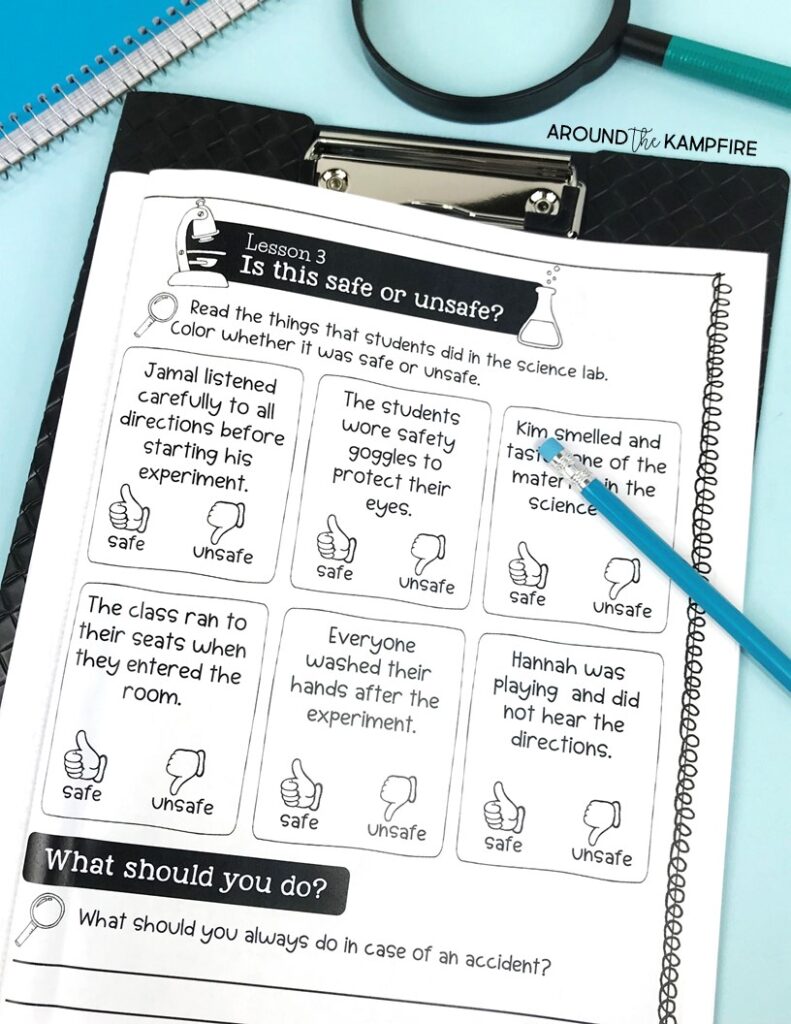
Use Tools and Apply Safety Rules with a Lab
After teaching and practicing with science tools and safety, allow students to apply their learning in a simple science experiment. I like to start with an easy, but high-engagement lab like The Cookie Dunk experiment.
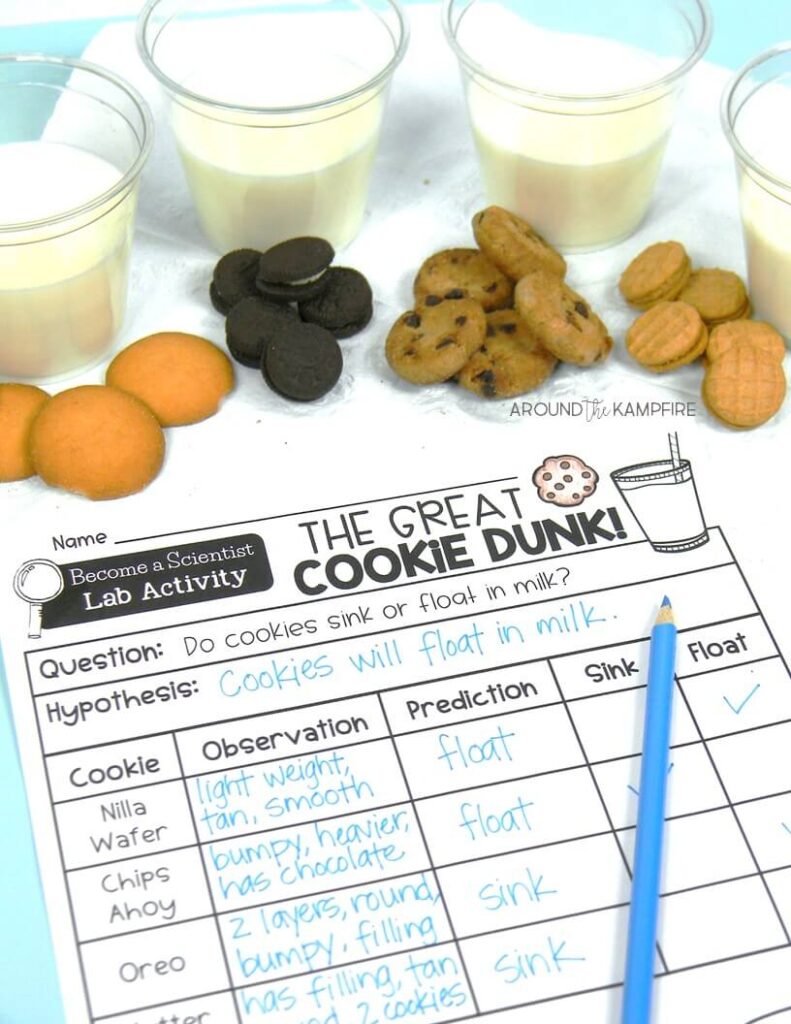
Students will learn about buoyancy as they get excellent experience following the scientific method. It’s so fun and also a great way to get students motivated to follow science rules in the classroom.
You can see more of our milk and cookies buoyancy experiment in action here: Milk & Cookies and the Scientific Method
Where Can I Get These Teaching Materials?
All of the resources pictured in this post are part of the Scientists & The Scientific Method introductory science unit. The unit includes 11 days of detailed lesson plans, a 10-lesson teaching PowerPoint, students journal activities, science extension centers, plus 3 science experiments. It has everything you need to get started with science in the beginning of the school year.
Click HERE for the complete science unit.
Starting your science lessons with basic concepts like tools and safety is crucial for getting your year off on the right foot. As you get ready to head back to school, I hope these activities to teach science tools and safety rules at the beginning of the year are helpful in your classroom!
For more science activities and teaching ideas, visit these posts:
Properties of Matter Science Experiments for Second Grade
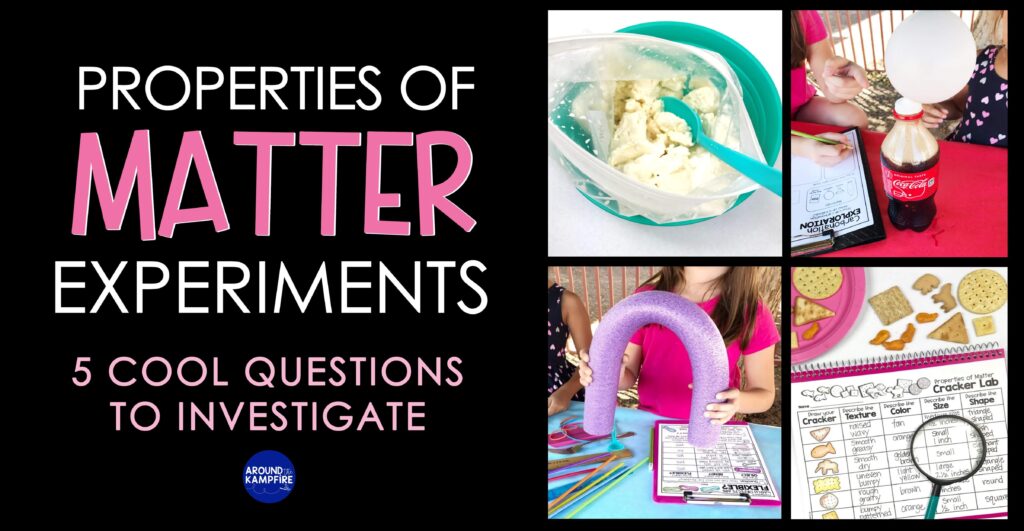
Back to School Third Grade Science Activities
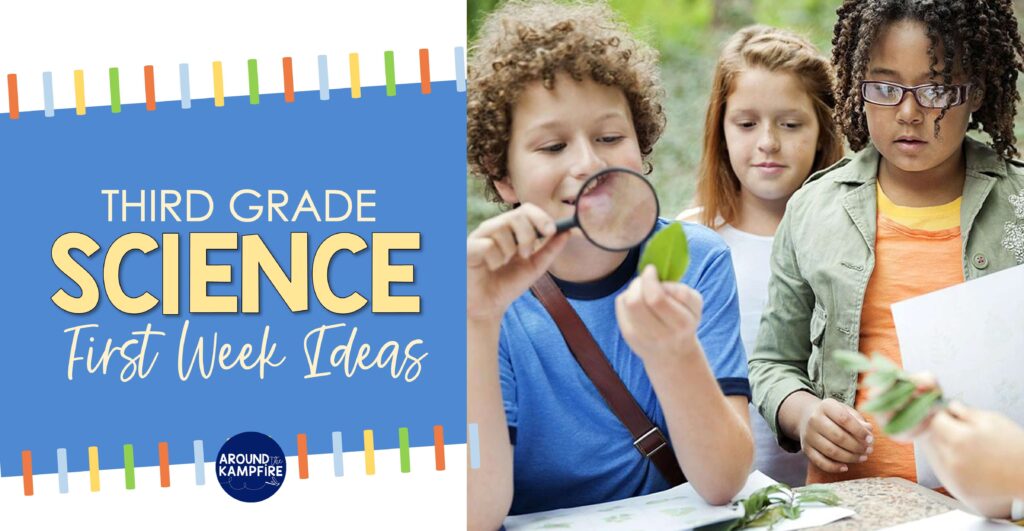
4 Things to Teach in Science at the Start of the Year

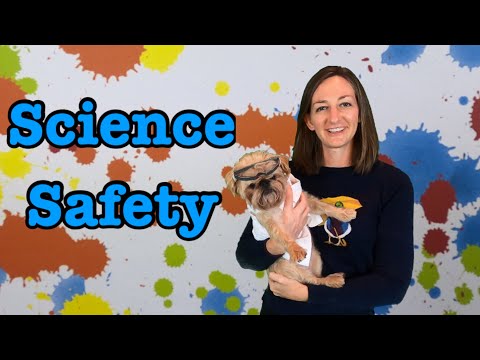

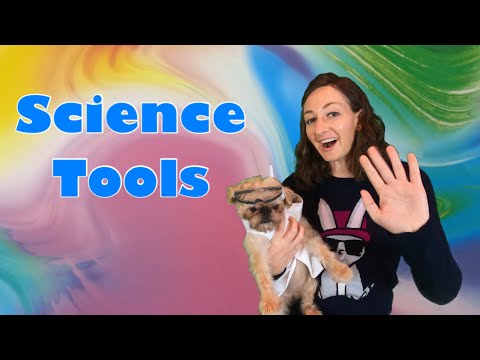
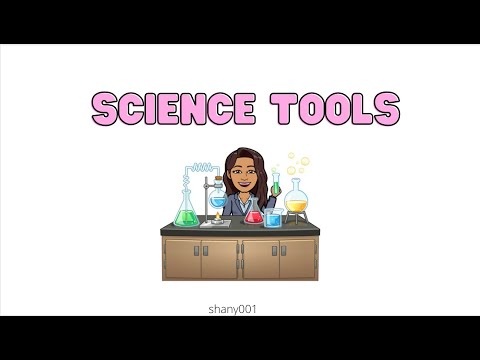


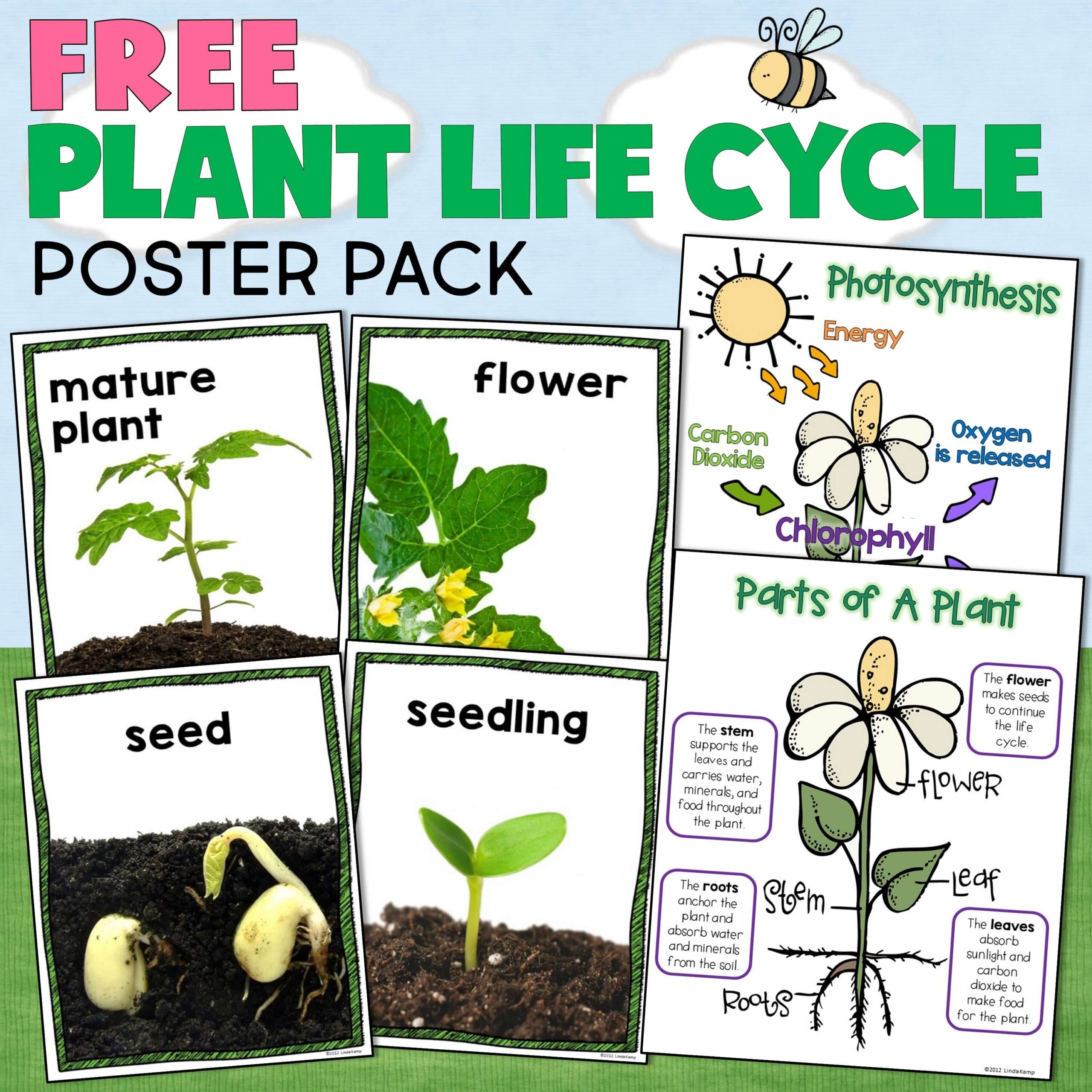

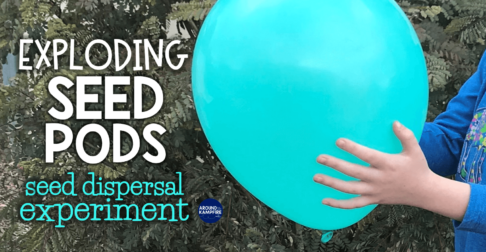
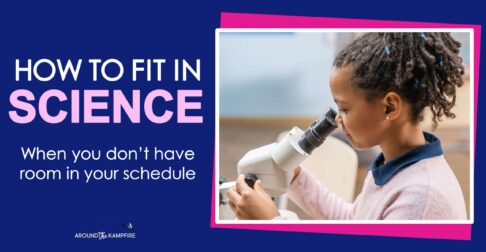

Leave a Comment